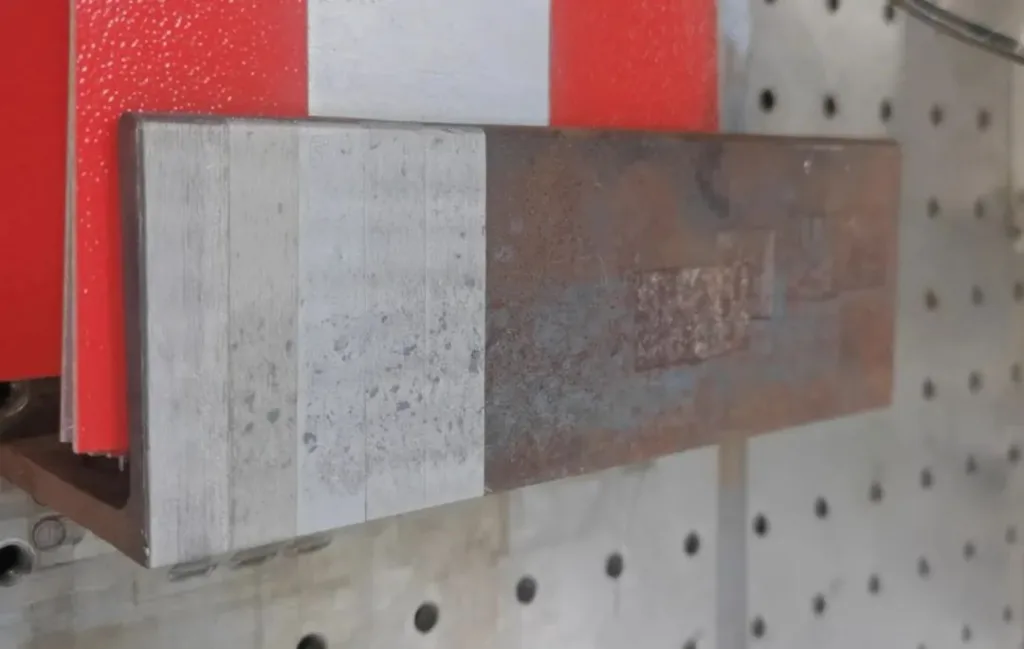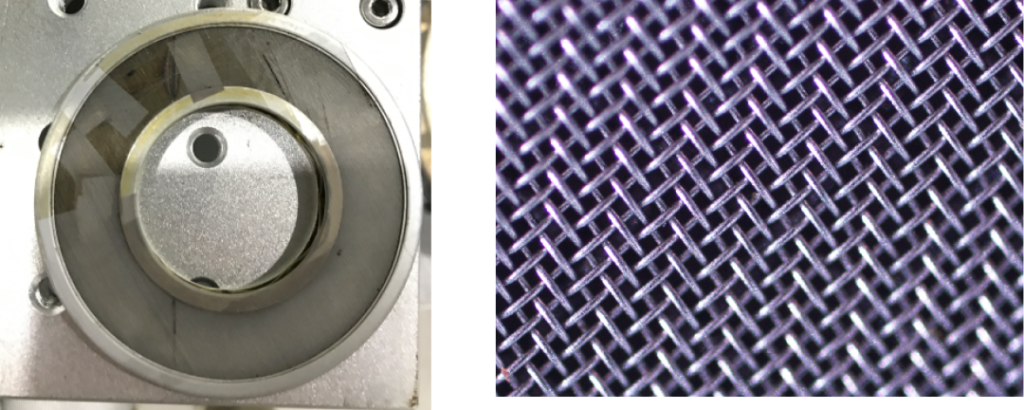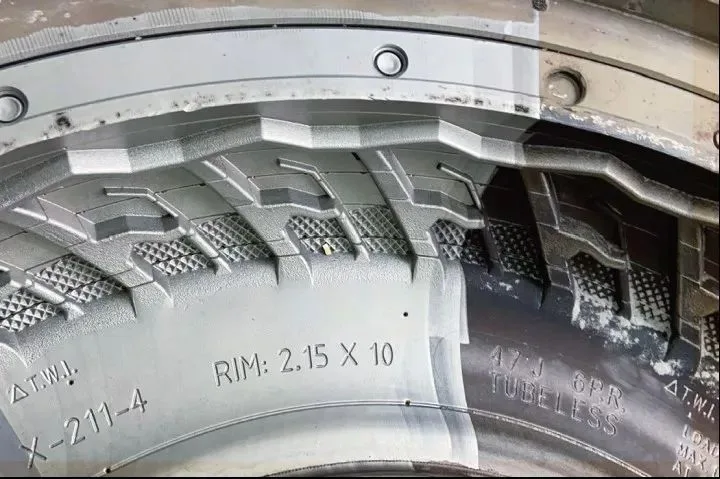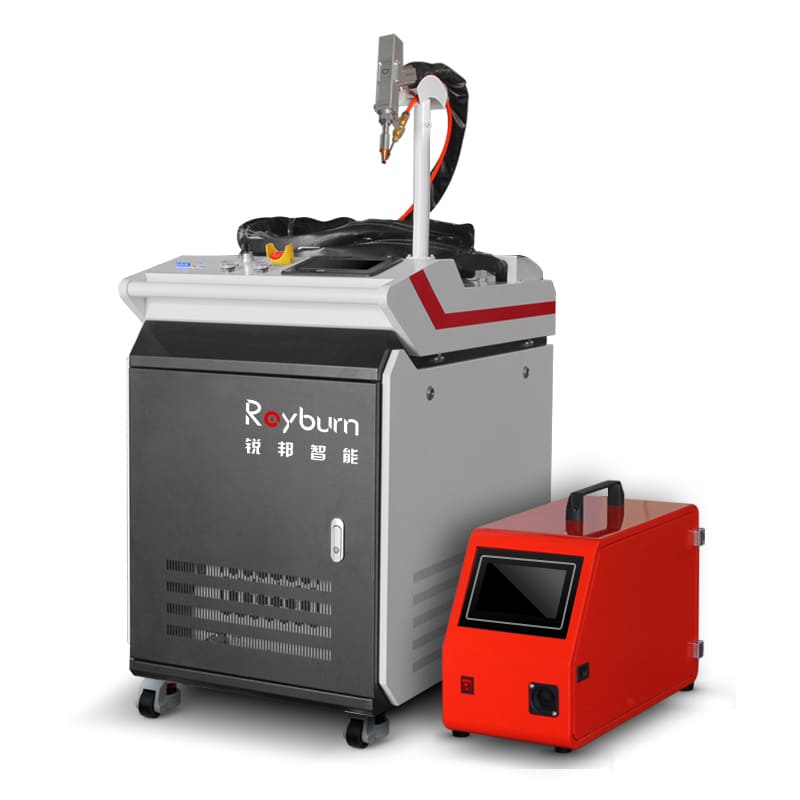In industrial production, cleaning is a crucial link. Traditional cleaning methods, such as mechanical cleaning and chemical cleaning, although they can meet the production needs to a certain extent, there are often problems such as low flexibility and environmental pollution. With the progress of science and technology, laser cleaning technology came into being, with its efficient, environmental protection, non-contact characteristics, gradually become the new favorite in the field of cleaning. Among them, single mode and multi-mode in fiber pulse laser are the two most commonly used laser types. So what’s the difference? What are the advantages and disadvantages of each? Which application scenarios does it apply to? This article will tell you one by one.
What is single mode and multi-mode?
The mode of laser usually refers to the energy distribution state of the laser in the plane perpendicular to the propagation direction, which can be divided into single mode and multi-mode. Single mode means that the laser only produces one mode of laser output when it is working. The energy intensity of the single mode gradually weakens from the center to the outer edge, and the energy distribution form is a Gaussian curve, and its beam is called the fundamental mode Gaussian beam. The single-mode output laser beam has the characteristics of high beam quality, small beam diameter, small divergence angle, and energy distribution close to the ideal Gaussian curve. In addition, the single mold has good focusing characteristics, small focusing spot and strong mode stability, which is suitable for cleaning scenarios that require strong removal, such as rust.

The output spot of a multi-mode laser is often composed of a combination of multiple modes, and the energy distribution in the spot is more uniform, and the more modes, the more uniform the energy distribution, and the beam is also called a flat-top beam. Compared with single mode, the beam quality of multi-mode laser is poor, the divergence Angle is larger, the optical system with larger optical aperture is required to transmit and the focused spot is larger than that of single mode laser. However, multi-mode is easier to achieve large monopulse energy, peak power and high average power output, and the energy distribution is uniform, which is more advantageous for scenes requiring small damage and high efficiency for cleaning, such as molds.

What are the advantages and disadvantages of single-mode and multi-mode laser cleaning ?
Single-mode laser due to the good beam quality, small focused spot and high energy density characteristics, suitable for removing strong adhesion pollutants such as rust, but also suitable for heat input sensitive to thin materials and precision parts cleaning. However, because the single-mode energy is too concentrated, it may cause certain damage to the substrate material during cleaning.
For scenarios such as molds that require no damage to the substrate after cleaning, multi-mode lasers must be selected. The multi-mode beam has uniform energy distribution and high peak power, and the peak power density can be controlled to be higher than the damage threshold of pollutants but lower than the substrate, so the pollutants can be effectively removed during cleaning without damaging the structure of the material surface. In addition, the multi-mode focus spot is larger, and the multi-mode cleaning efficiency is usually higher for scenes where single mode and multi-mode can achieve the same cleaning effect. However, for strongly attached contaminants, multi-mode laser cleaning may be inadequate.

Application scenarios of single-mode and multi-mode lasers
Based on the advantages and disadvantages of single-mode and multi-mode cleaning lasers, their application scenarios are also different.
Main application scenarios of single mode:
- Metal rust removal: The high energy density of the single-mode laser makes it an ideal choice for metal rust removal, which can efficiently remove the rust layer on the metal surface. The higher the laser power, the stronger the rust removal ability and the higher the efficiency. Light to launched 1000W high-power single-mode pulse laser, QBH output is easy to integrate, with strong cleaning ability, high efficiency advantages.

- Weld oxide cleaning: In the welding process, due to the high temperature of the processing process, it is easy to form oxides and material precipitation debris in the weld and around the welding quality and appearance, and the light is introduced to 200~500W single-mode laser, which can accurately remove oxides to ensure the appearance and quality after welding.

- Precision parts cleaning: Light to launch 100~200W single-mode laser, QCS output, strong cleaning ability, small thermal output, small deformation after material cleaning, small thermal impact.

Multi-mode main application scenarios:
- Mold cleaning: The mold may accumulate residues during use, such as plastic, metal fragments, dust, etc., which will affect the surface quality of the product and cause product defects. Regular cleaning of the mold can prevent corrosion and wear, thereby extending the service life of the mold. Due to the large difference in the characteristics of the mold substrate and the pollutant, the flat-top beam can effectively remove the pollutant without damaging the mold. Light to launch 500~1000W square spot multi-mode laser, cleaning mold efficiency is high, no damage to the substrate.

- Perovskite cell edge cleaning: refers to cleaning the film layer at the edge of the thin film solar cell to create an insulating area, which is conducive to subsequent packaging work. The YFPN-1000-GCM-H50-F laser with square spot output, uniform energy distribution, high peak power, can clean the film layer at one time, no glass damage, high efficiency.

- Laser coating: The use of laser coating on the surface of the material can significantly improve the adhesion of the material surface. According to different roughness requirements, light can provide 5mJ, 15mJ, 50mJ different monopulse energy multi-mode laser, to ensure the efficiency of coating while achieving different roughness requirements.









